Home>Garden Essentials>How To Dispose Of Landscaping Bricks


Garden Essentials
How To Dispose Of Landscaping Bricks
Modified: March 7, 2024
Learn how to properly dispose of garden landscaping bricks to ensure a clutter-free yard. Discover eco-friendly techniques and helpful tips for removing and recycling old bricks.
(Many of the links in this article redirect to a specific reviewed product. Your purchase of these products through affiliate links helps to generate commission for Storables.com, at no extra cost. Learn more)
Introduction
Landscaping bricks are versatile and durable materials commonly used in outdoor projects such as garden pathways, retaining walls, and decorative features. However, there may come a time when you need to dispose of landscaping bricks, whether due to a renovation, a change in design plans, or simply because the bricks have become damaged or worn over time.
Knowing how to properly dispose of landscaping bricks is important to ensure environmental sustainability and to maximize the potential reuse or recycling of these materials. In this article, we will guide you through the various options available for disposing of landscaping bricks, including reusing, donating, selling, recycling, or properly disposing of damaged or unusable bricks.
Before you make a decision on how to dispose of your landscaping bricks, it’s essential to assess their condition and determine if they can be reused. This will not only help reduce waste but also save you money in the long run. In the next section, we will explore how to assess the condition of the bricks and whether they can be repurposed.
Key Takeaways:
- Don’t toss those landscaping bricks! Assess their condition and consider reusing, donating, or selling them to reduce waste and promote sustainability.
- If your bricks are damaged, recycle them responsibly. Research local recycling centers and follow guidelines for proper disposal to minimize environmental impact.
Read more: How To Dispose Of Landscaping Rocks
Step 1: Assessing the condition of the landscaping bricks
Before deciding how to dispose of your landscaping bricks, it’s essential to assess their condition to determine if they are still usable. This step will help you make an informed decision and explore potential options for reusing or recycling the bricks.
Checking for damage or wear
Start by thoroughly inspecting each brick for any signs of damage or wear. Look for cracks, chips, or crumbling edges. These issues can affect the structural integrity and aesthetics of the bricks.
If you notice any damaged bricks, consider whether they can be repaired. Small cracks or chips can sometimes be fixed using appropriate adhesives or patching materials. However, if the damage is extensive or compromises the functionality of the bricks, it may be best to dispose of them.
Determining if the bricks are reusable
If the bricks are still in good condition and free from any significant damage, it’s worth considering reusing them. Reusing landscaping bricks not only helps reduce waste but also saves you money on purchasing new materials for your future projects.
To determine if the bricks are reusable, ask yourself the following:
- Do you have any upcoming landscaping projects where you could incorporate these bricks?
- Do the bricks match the desired aesthetic of your new project?
- Are there any local friends, family, or neighbors who could benefit from these bricks?
If you find that the landscaping bricks align with your future projects or can be of use to others, it’s worth exploring the options for reusing or donating them. In the next step, we will dive deeper into the possibilities for reusing landscaping bricks.
Step 2: Reusing landscaping bricks
If your landscaping bricks are still in good condition and can be reused, there are several steps you can take to ensure they are ready for their next project.
Read more: How To Cut Landscaping Bricks
Evaluating potential landscaping projects
Start by evaluating your upcoming landscaping projects to determine if the bricks can be incorporated into the design. Consider the size, shape, and color of the bricks and assess if they match the aesthetic you are aiming for in your new project.
If you have a garden pathway or patio renovation planned, landscaping bricks can be an excellent choice for creating a charming and durable surface. Alternatively, you may consider using them for building raised flower beds, retaining walls, or edging for your garden beds.
Take the time to sketch out your ideas and visualize how the bricks can be used in your projects. This will help you determine if they are suitable and if any additional materials or supplies are needed.
Properly cleaning and storing the bricks for reuse
Before using the landscaping bricks in your new project, it’s important to give them a thorough cleaning to remove any dirt, debris, or weeds that may have accumulated over time.
Start by brushing off loose dirt and debris using a stiff brush or broom. For stubborn stains or residues, you can use a mixture of mild dish soap and water to scrub the bricks gently. Rinse them thoroughly with clean water and allow them to dry completely before using or storing them.
Once the bricks are clean and dry, it’s essential to store them properly to prevent any damage. Stack the bricks neatly in a cool, dry location, preferably on pallets or shelves to maintain airflow and prevent moisture buildup.
Label each stack or shelf to keep track of the quantity and type of bricks stored. This will make it easier to find and access them when needed for future landscaping projects.
By evaluating potential projects and properly cleaning and storing the landscaping bricks, you can ensure that they are ready for reuse and extend their lifespan. However, if you find that you no longer have a use for the bricks or have more than you can use, donating or selling them can provide a beneficial alternative. We’ll explore these options in the next step.
Step 3: Donating landscaping bricks
If you have landscaping bricks that are in good condition but no longer have a use for them, donating them is a great option. By donating your bricks, you not only help others who may be in need of materials for their landscaping projects but also contribute to reducing waste and promoting sustainability.
Finding local organizations or individuals in need
Start by reaching out to your local community to find individuals, organizations, or community projects that may be interested in receiving donated landscaping bricks. You can do this by:
- Posting on local community forums or social media groups that focus on gardening, landscaping, or DIY projects.
- Contacting local garden clubs, community gardens, or neighborhood associations to inquire if they are in need of materials.
- Approaching schools, churches, or other community organizations that may have landscaping projects or outdoor spaces that could benefit from the bricks.
When reaching out, be sure to provide details about the number of bricks available, their condition, and any other relevant information. This will help potential recipients determine if the bricks align with their needs.
Read more: How To Install Landscaping Bricks
Contacting charity organizations
In addition to local community organizations, there are also charity organizations that may accept donations of landscaping materials. Reach out to these organizations to inquire if they have any ongoing projects or initiatives that could benefit from your donated bricks.
Charity organizations may use the materials for community gardens, affordable housing projects, or other initiatives aimed at improving outdoor spaces for those in need. Make sure to provide them with all the necessary details about the bricks and discuss any requirements or guidelines they may have for accepting donations.
Remember to arrange logistics for the donation, including transportation or delivery of the bricks. Depending on the quantity and weight of the bricks, you may need to make arrangements for suitable transportation.
By donating your landscaping bricks, you not only declutter your space but also contribute to community projects and help make a positive impact. However, if donating is not feasible or you have a large quantity of bricks that you would like to recoup some value from, selling them can be a viable option. We’ll explore this in the next step.
Step 4: Selling landscaping bricks
If you have landscaping bricks in good condition that you no longer need, selling them can be a great way to recoup some of your investment and provide others with affordable materials for their own landscaping projects.
Online platforms for selling used landscaping materials
There are various online platforms where you can list and sell your used landscaping bricks. These platforms provide a convenient way to reach a wide audience and connect with potential buyers. Some popular online platforms for selling used landscaping materials include:
- Online classified ads websites such as Craigslist, Kijiji, or Gumtree
- Marketplace platforms like Facebook Marketplace or Buy/Sell groups
- Dedicated marketplace websites for buying and selling construction and landscaping materials
When listing your bricks for sale, be sure to include detailed information about the quantity, condition, size, and any other relevant features. Take clear and appealing photos that showcase the bricks’ quality. Set a fair price based on the condition of the bricks and local market rates.
Advertising locally
In addition to online platforms, consider advertising your landscaping bricks for sale locally. This can attract buyers who prefer to shop within their community and may be willing to pick up the bricks themselves.
Some effective ways to advertise locally include:
- Posting flyers or notices on community bulletin boards, at local supermarkets, hardware stores, or garden centers.
- Placing ads in local newspapers or community newsletters.
- Utilizing social media platforms to post about your bricks for sale in community groups or neighborhood associations.
By expanding your reach through online platforms and local advertising, you increase the chances of finding interested buyers for your landscaping bricks. Once the bricks have found a new home, it’s essential to ensure that any damaged or unusable bricks are disposed of properly. We’ll discuss this in the next step.
Step 5: Recycling landscaping bricks
If you have landscaping bricks that are damaged, unusable, or have exceeded their lifespan, recycling them is the most environmentally responsible way to dispose of them. Recycling not only reduces waste but also allows the materials to be repurposed and used in other construction or landscaping projects.
Researching recycling centers or facilities
Start by researching recycling centers or facilities in your local area that accept landscaping bricks for recycling. Many cities or regions have specific facilities equipped to handle construction and demolition waste, including landscaping materials.
Contact recycling centers or check their websites to gather information about their recycling process, accepted materials, and any specific guidelines or requirements they may have. Consider factors such as transport logistics, fees (if applicable), and whether they accept bricks from homeowners or require commercial drop-offs.
It’s important to verify that the recycling center is licensed and operates in compliance with environmental regulations to ensure that your bricks are being recycled responsibly.
Preparing the bricks for recycling
Before sending the bricks for recycling, it’s essential to prepare them properly. Start by cleaning the bricks to remove any dirt, mortar, or other contaminants. You can use a pressure washer, a heavy-duty brush, or a hammer and chisel to remove any mortar remnants.
Once the bricks are clean, separate them from any other materials or debris, such as wood, concrete, or metal. It’s important to ensure that only the bricks and materials suitable for recycling are delivered to the recycling center.
If transporting a large quantity of bricks, consider renting a dumpster or a truck specifically designed for construction waste. This will help ensure safe transportation and efficient delivery to the recycling center.
Remember to follow any guidelines or instructions provided by the recycling center regarding drop-off procedures and any required documentation or identification.
By researching recycling facilities and preparing the bricks properly, you can ensure that they are recycled in an environmentally sustainable manner. However, if you have bricks that are severely damaged or cannot be recycled, it’s essential to follow proper disposal methods. We’ll cover this in the next step.
Step 6: Disposing of damaged or unusable bricks
In the case of damaged or severely worn landscaping bricks that cannot be reused or recycled, proper disposal becomes necessary. Disposing of these bricks responsibly not only ensures the safety of others but also prevents them from ending up in landfills where they can contribute to environmental degradation. Here are some steps to follow for the proper disposal of damaged or unusable bricks:
Read more: How To Dispose Of Chandelier
Proper methods for disposing of damaged bricks
If you have damaged bricks that are beyond repair or repurposing, one option is to break them down into smaller pieces and repurpose them as fill material for other construction projects. You can use a sledgehammer or a brick hammer to break the bricks into manageable pieces.
Another option is to contact your local waste management facility or landfill to inquire about their policies and procedures for disposing of construction and demolition debris. Some facilities may accept bricks as a part of their construction waste disposal services.
Ensure that you adhere to any guidelines or requirements provided by the waste management facility. They may ask you to separate the bricks from other materials or advise on specific drop-off locations or pickup services.
Checking local regulations and guidelines
It is important to check your local regulations and guidelines regarding the proper disposal of construction materials, including damaged bricks. Different areas may have specific rules in place to ensure the safe and responsible handling of waste materials.
Consult local government websites, waste management agencies, or environmental departments to familiarize yourself with the regulations in your area. They can provide you with information on proper disposal methods, recycling options, and any restrictions or limitations.
By following local regulations and guidelines, you can ensure that the disposal of damaged or unusable bricks is carried out in accordance with environmental standards.
Remember, proper disposal of damaged bricks is crucial to minimize environmental impact, protect public health, and maintain a sustainable environment. By incorporating all of the steps mentioned in each of the disposal methods discussed in the previous steps, you can make informed decisions and contribute to a greener future.
As you navigate through the process of disposing of your landscaping bricks, always prioritize the reuse, recycling, and proper disposal of these materials. By doing so, you can help reduce waste, conserve resources, and contribute to a more sustainable and beautiful environment.
Ultimately, the steps you take for disposing of your landscaping bricks will depend on their condition, your local regulations, and your personal preferences. Whether you choose to reuse, donate, sell, recycle, or dispose of the bricks, making mindful choices will ensure that they are handled in the most responsible and environmentally friendly manner possible.
Conclusion
Properly disposing of landscaping bricks is essential to minimize waste, promote sustainability, and contribute to a greener environment. By following the steps outlined in this guide, you can make informed decisions about the best course of action for your landscaping bricks.
Start by assessing the condition of the bricks to determine if they can be reused. If they are still in good shape, explore potential landscaping projects where they can be incorporated or consider donating them to local organizations or individuals in need.
If reusing or donating the bricks is not an option, you can sell them using online platforms or local advertising. This not only allows you to recoup some value but also provides others with affordable materials for their landscaping projects.
If the bricks are damaged or unusable, recycling them is the most sustainable choice. Research recycling centers or facilities in your area and prepare the bricks by cleaning them and separating them from any other materials. Properly disposing of damaged bricks is also crucial, so follow local regulations and guidelines to ensure safe and responsible disposal.
Remember, the ultimate goal is to minimize waste and make environmentally conscious decisions. Reusing, donating, selling, recycling, or disposing of landscaping bricks responsibly can significantly reduce the impact on the environment and contribute to a more sustainable future.
By making mindful choices and considering the various options available, you can effectively manage your landscaping bricks and contribute to a healthier, greener world.
Frequently Asked Questions about How To Dispose Of Landscaping Bricks
Was this page helpful?
At Storables.com, we guarantee accurate and reliable information. Our content, validated by Expert Board Contributors, is crafted following stringent Editorial Policies. We're committed to providing you with well-researched, expert-backed insights for all your informational needs.


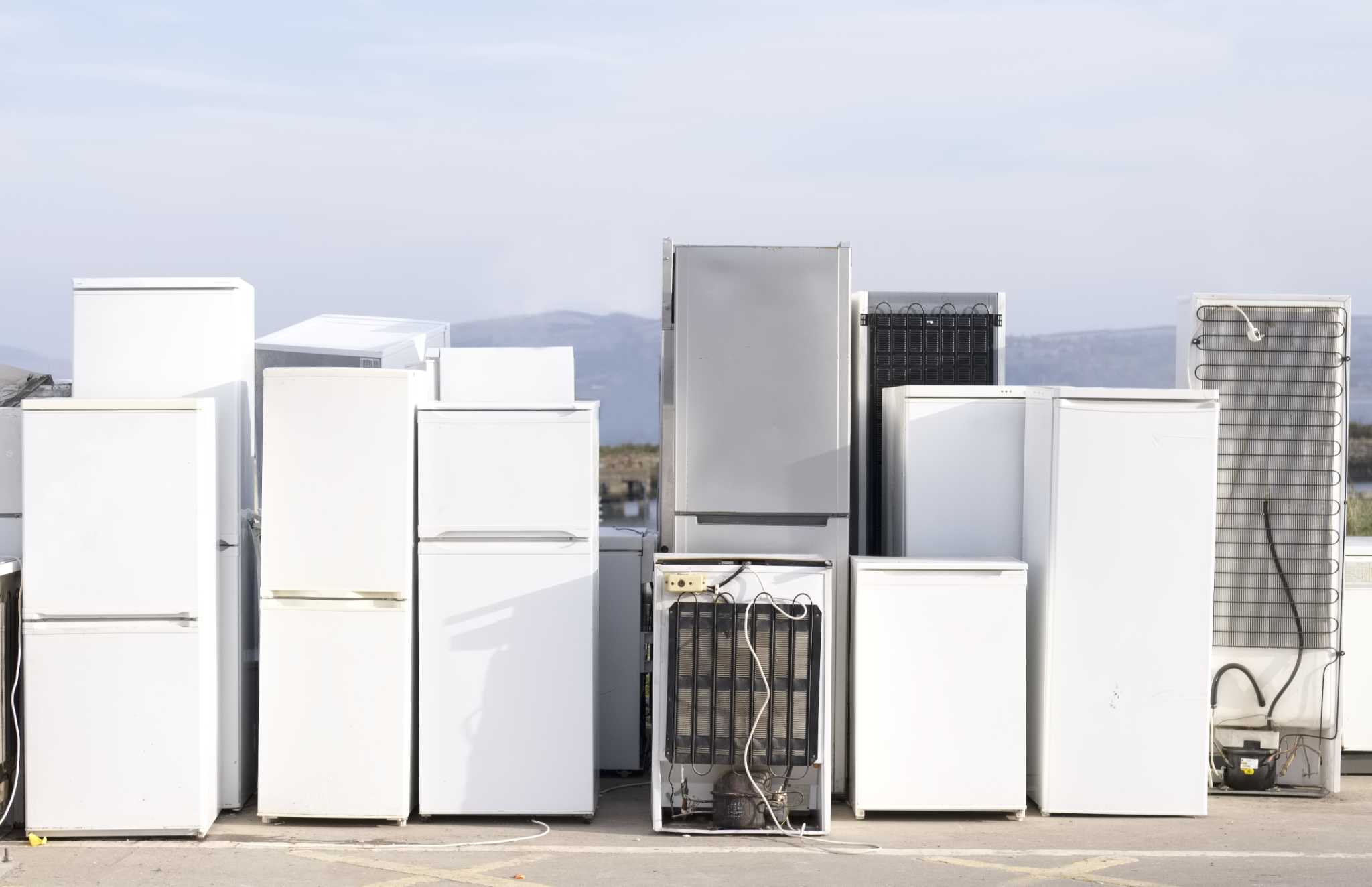
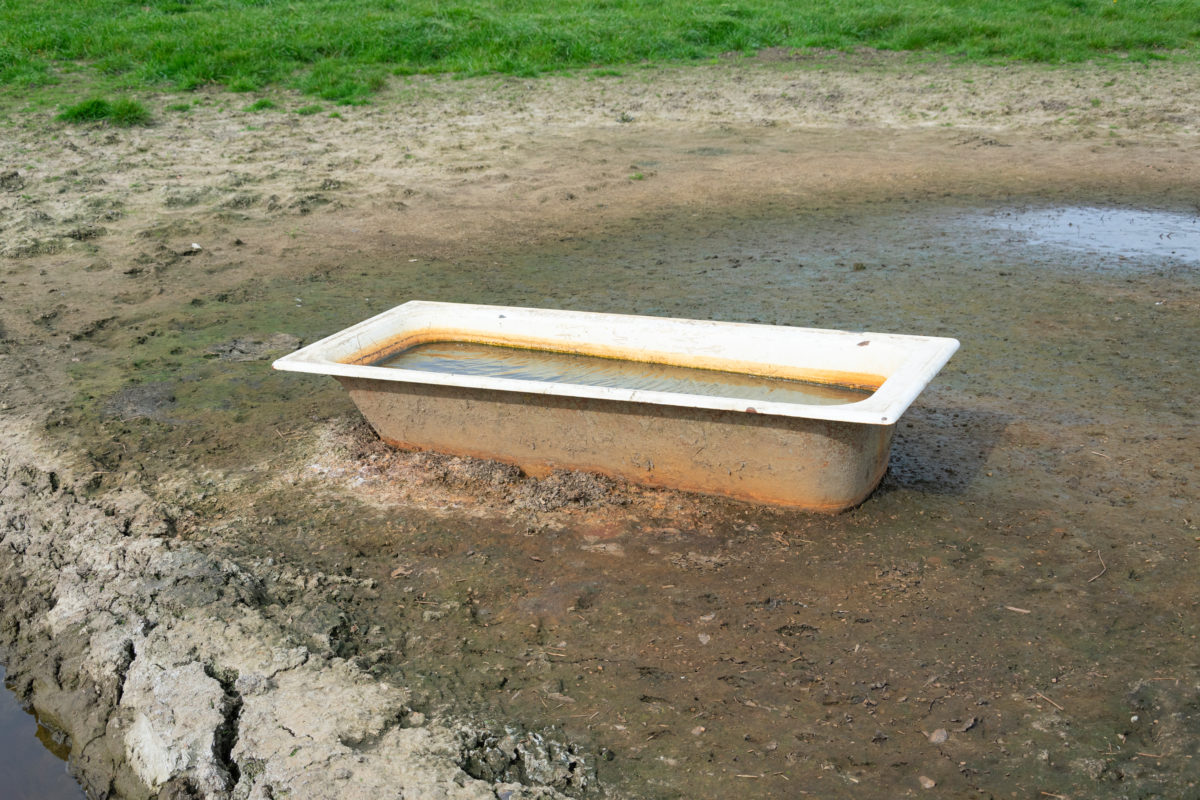
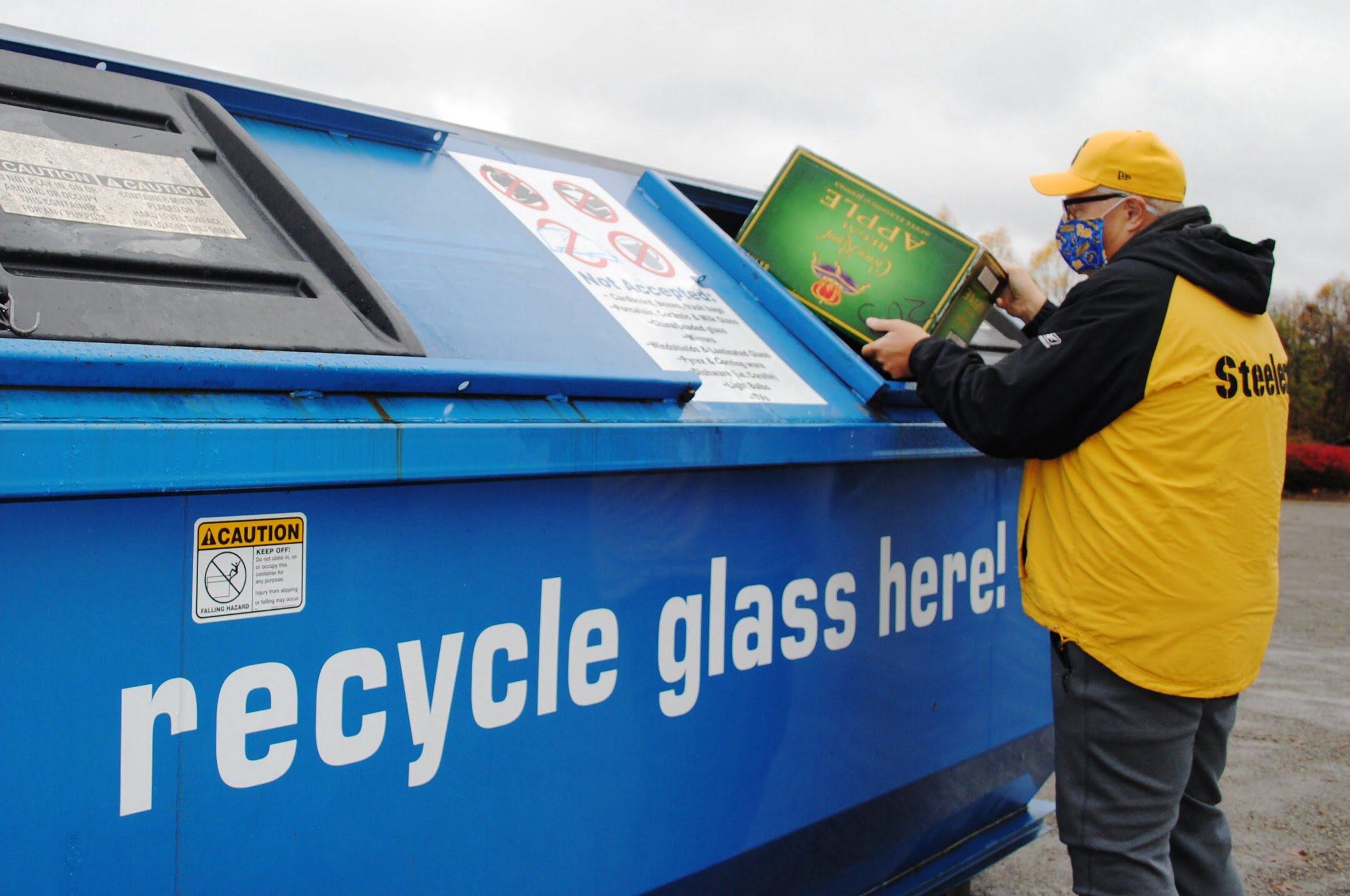



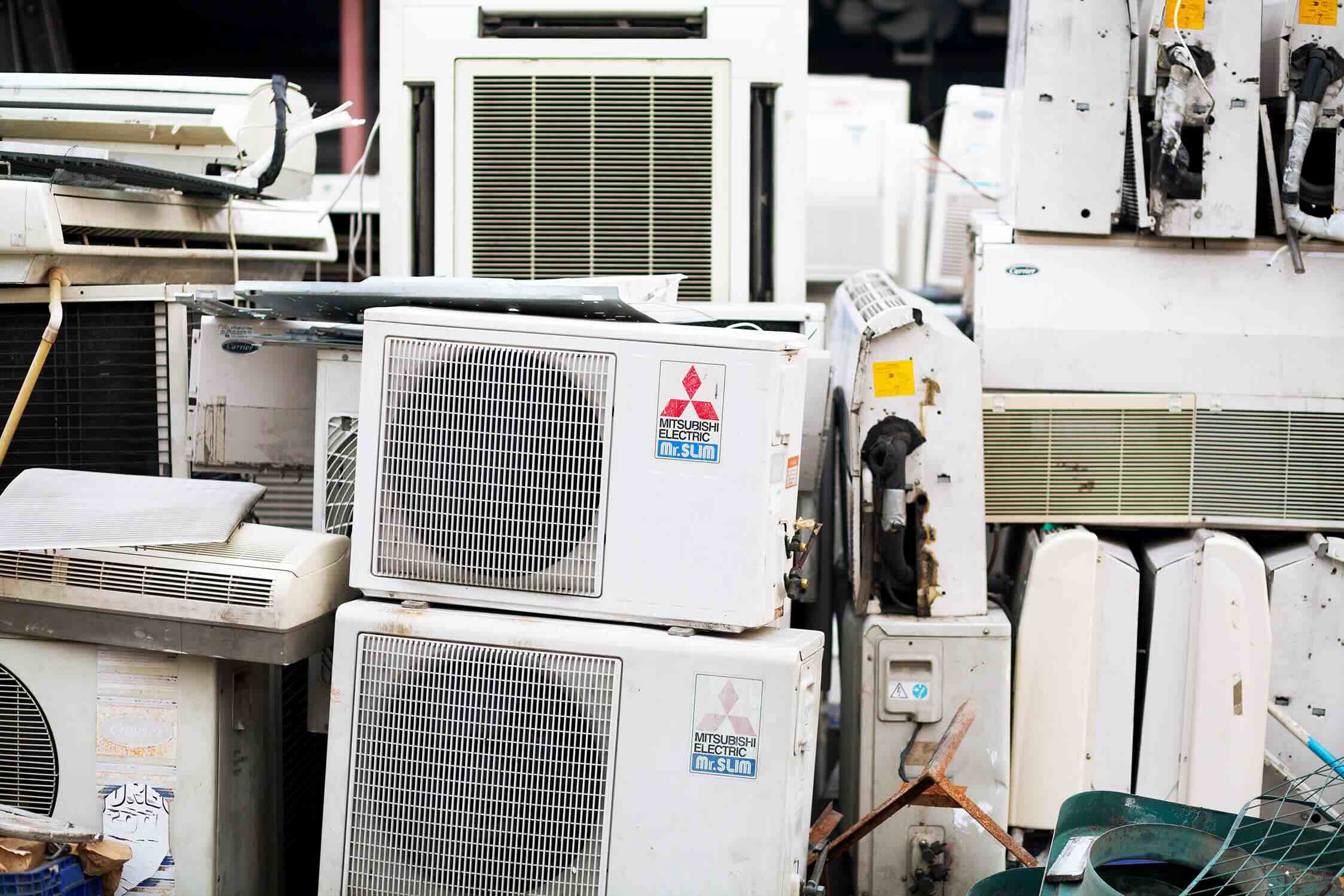
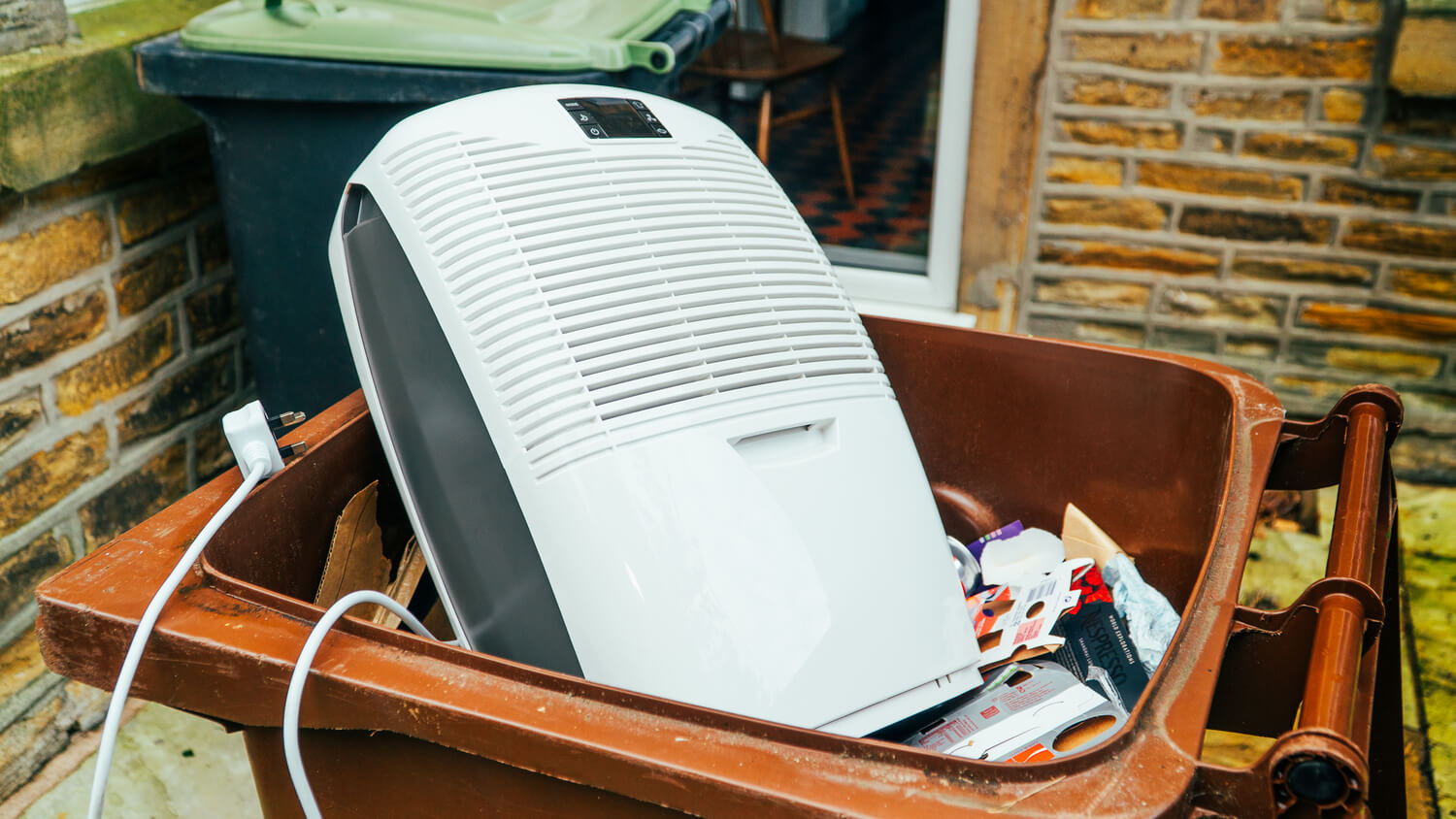


0 thoughts on “How To Dispose Of Landscaping Bricks”